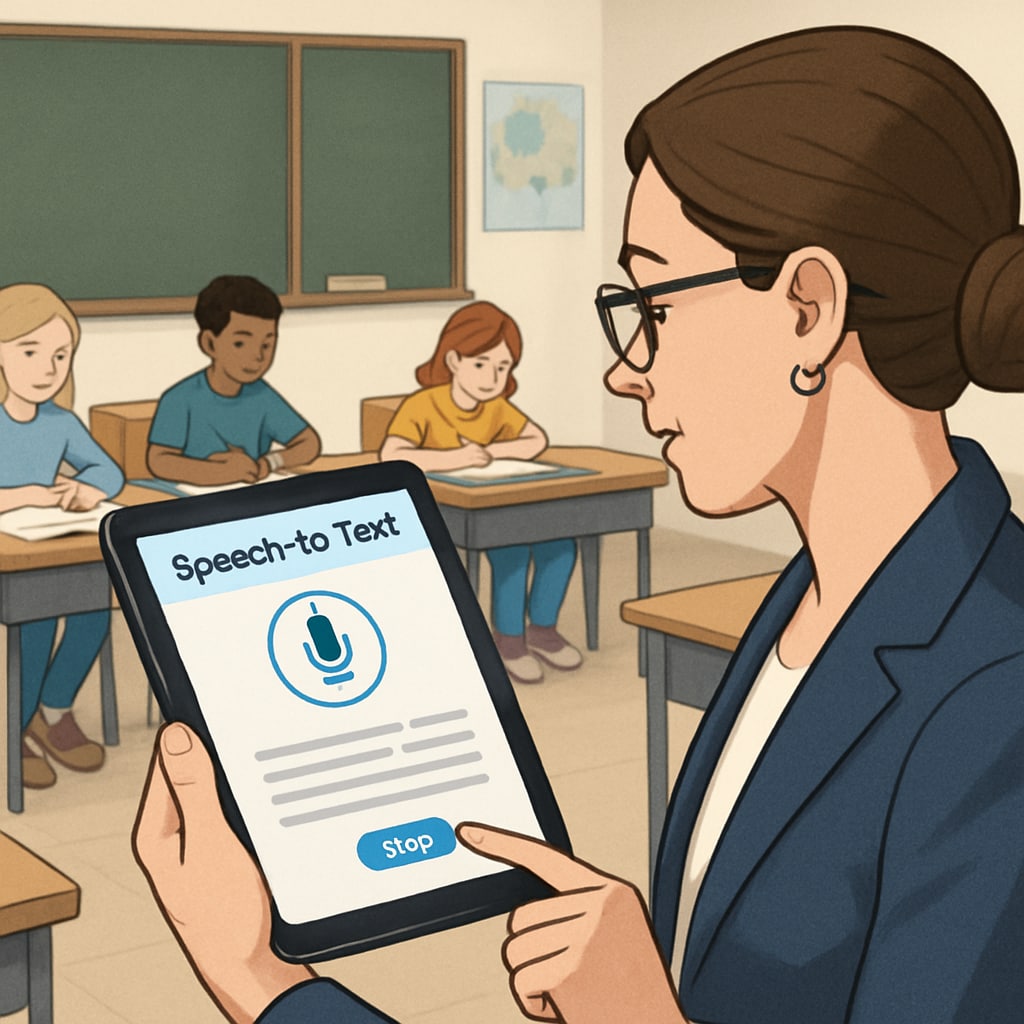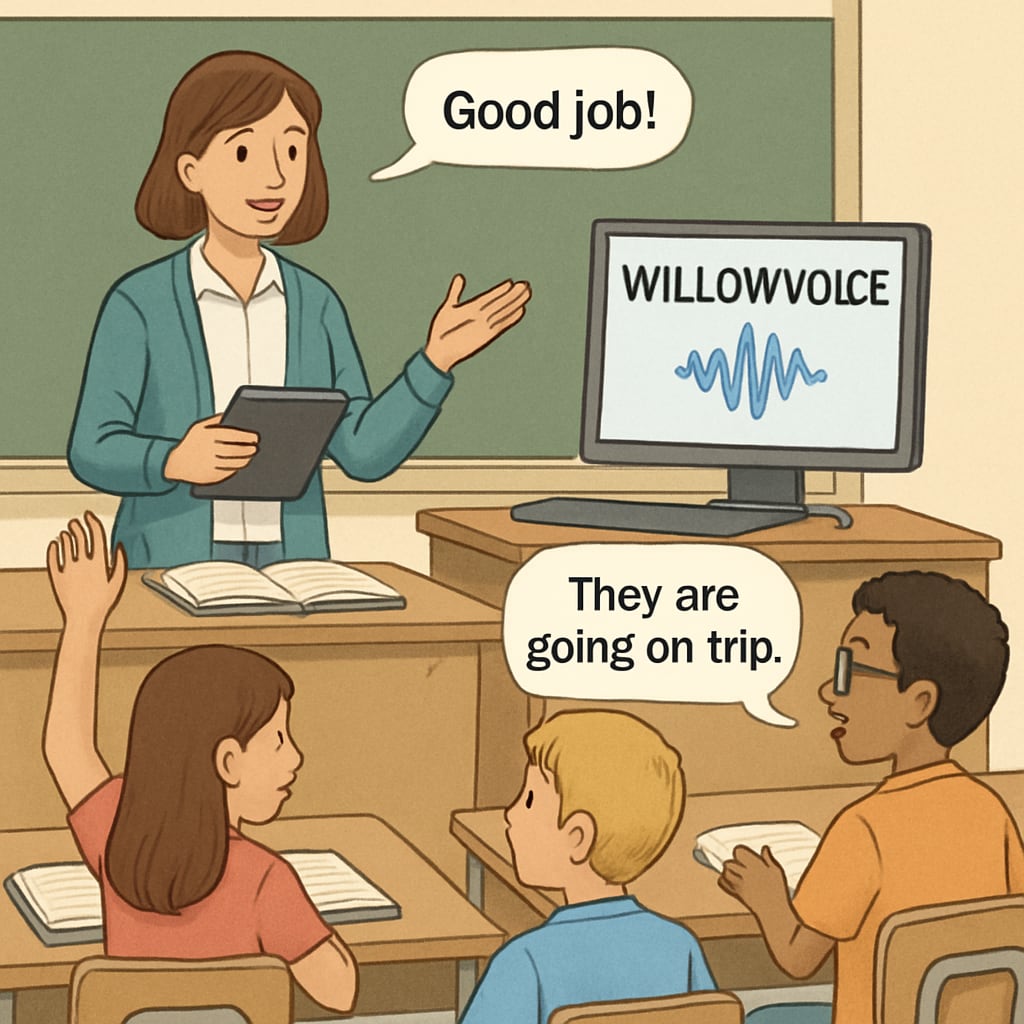In today’s fast-paced educational environment, integrating innovative technologies like speech-to-text tools has become essential for enhancing education workflows and improving teaching efficiency. One standout solution is WillowVoice, a cutting-edge speech recognition tool designed to simplify the lives of K12 educators. By automating repetitive tasks, supporting streamlined communication, and facilitating better classroom management, WillowVoice empowers teachers to focus their energy on meaningful teaching interactions instead of administrative burdens.
How Speech Recognition is Transforming Education
Speech recognition technology has rapidly evolved over the past decade, making its way into industries like healthcare, customer service, and now education. In schools, tools like WillowVoice are revolutionizing how teachers approach their daily tasks. From creating lesson plans to providing personalized feedback, speech-to-text applications significantly reduce the time spent on documentation and preparation.
For example, teachers can use WillowVoice to dictate lesson plans, instantly transcribe classroom observations, or send voice-transcribed updates to parents. This eliminates the need for manual typing, allowing educators to focus more on student engagement and instructional quality.
- Improved Feedback Delivery: By dictating feedback directly, teachers can provide more detailed responses to students in less time.
- Efficient Classroom Observation: Instant transcription ensures that critical insights about student behavior or performance are accurately documented.
- Streamlined Parent Communication: Teachers can send voice-transcribed messages to parents quickly, ensuring better collaboration and support for students.

Key Benefits of WillowVoice for K12 Educators
WillowVoice offers several advantages that make it an indispensable tool for educators. By integrating speech recognition technology into their workflow, teachers can achieve better efficiency and higher-quality outcomes. Below are some of WillowVoice’s most impactful features:
- Time-Saving Automation: Teachers can dictate detailed notes, lesson plans, or classroom observations that are instantly converted into editable text.
- Accuracy and Reliability: Equipped with advanced AI, WillowVoice ensures precise transcriptions, minimizing errors and saving time on corrections.
- Multi-Language Support: With multilingual capabilities, WillowVoice enables educators to cater to diverse student populations and communicate seamlessly.
- Enhanced Accessibility: The tool allows teachers with mobility challenges or visual impairments to work more efficiently.
By leveraging these features, educators can reduce administrative stress and dedicate more time to fostering student development and classroom creativity.

The Future of Speech Recognition in Education
As speech recognition technology continues to improve, its applications in education are expected to expand. Tools like WillowVoice will likely play an integral role in shaping the future of teaching by enabling smarter, more efficient workflows. With features such as real-time transcription, collaborative sharing capabilities, and integration with learning management systems, the potential benefits are immense.
Moreover, speech-to-text technology aligns well with the growing emphasis on personalized learning. By freeing up time for individualized student interactions, teachers can better address the unique needs of each learner. As a result, speech recognition tools are not just enhancing efficiency—they are paving the way for a more inclusive and impactful educational experience.
Readability guidance: To ensure accessibility, this article uses concise paragraphs, straightforward language, and frequent transitional phrases such as “for example,” “in addition,” and “as a result.” Lists are used to present information clearly and effectively, while technical terms are explained briefly to support understanding.


